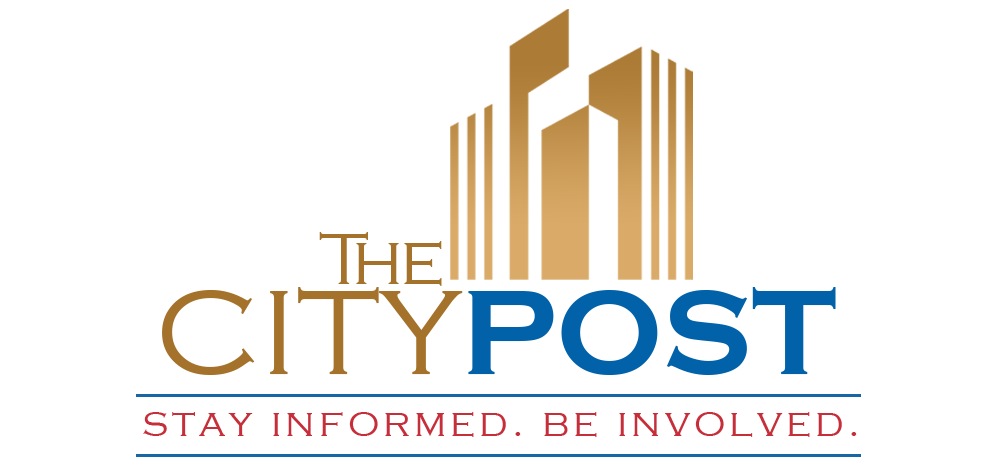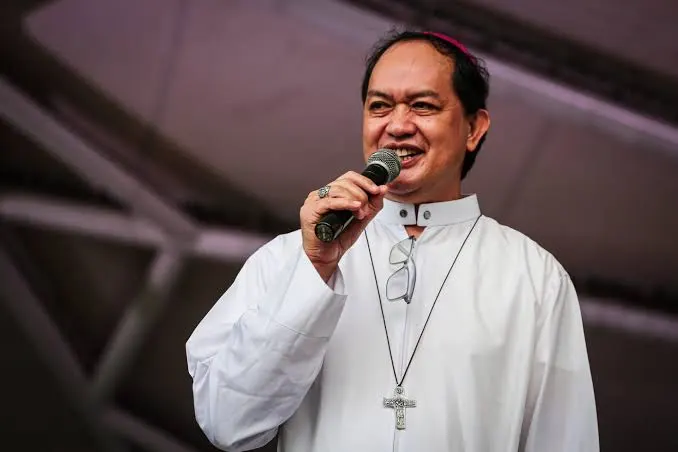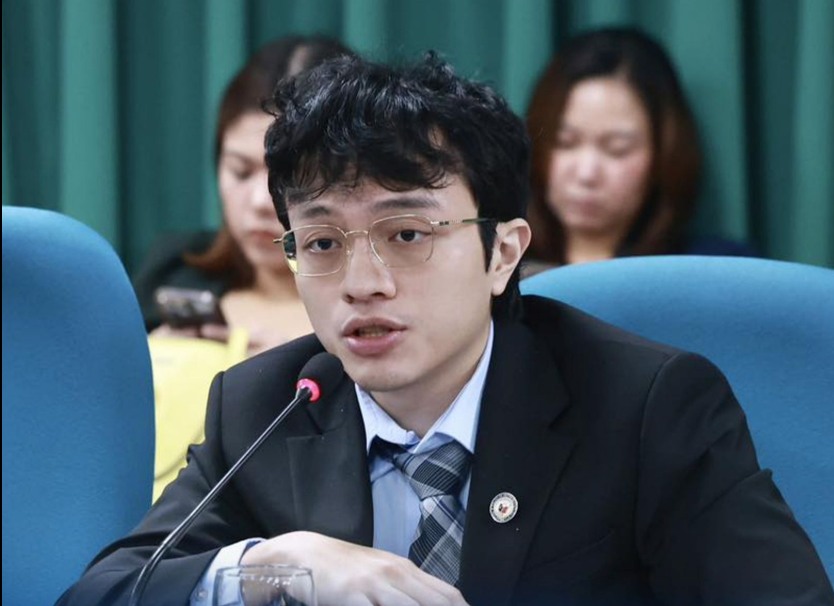“When corruption steals stability, the middle class pays the price.”
This week, I find myself thinking not just about poverty, but about the quiet erosion of stability. The trigger was the latest controversy surrounding the national budget and the flood control projects, including ghost contracts.
Billions of pesos in taxpayers’ money allegedly were lost to graft, non-existing infrastructure projects, and political maneuvering. The headlines were filled with counter-allegations, but the damage is already done. What was stolen was not just the taxpayers’ money but the dignity of every Filipino who could have benefitted from these funds had they been channeled to its intended purpose.
Another bubble thought: What about the Filipinos who do not qualify as poor, yet live with the same daily uncertainty? They are the middle class, and increasingly, they are being called the new poor. I count myself among them, ever aware that one major illness could tip me into poverty.
According to the Philippine Institute for Development Studies (PIDS), the lower-middle income class includes families earning between ₱27,746 and ₱55,492 per month for a household of five. The middle-middle class earns ₱55,493 to ₱97,111, while the upper-middle class ranges from ₱97,112 to ₱166,476. On paper, these families are far from poor. In reality, many are one emergency away from falling below the poverty line.
For food alone, the monthly cost hovers around ₱10,050 for a family of five. This estimate is based on the government’s official food poverty threshold, which is designed to reflect the minimum cost of survival, not nutritional adequacy or real-world prices. Add rent, transport, tuition, and medicine, and the squeeze becomes visible. These families earn just enough to be excluded from government aid, yet not enough to build savings or withstand inflation’s bite.
We saw this clearly during the COVID-19 pandemic. While indigent families received “ayuda” through the Social Amelioration Program, many middle-class households were left out. They were not poor enough to qualify, yet not secure enough to cope. Local governments, constrained by limited budgets and voter-based targeting, often prioritized low-income or registered indigent families. The middle class was expected to “manage.”
This year, the 12 percent Value Added Tax (VAT) on digital services such as Netflix, Spotify , HBO Max and Apple TV Plus, has landed squarely on the middle class. These platforms are not luxuries for many; they are part of daily life, education, and even freelance work. Yet the tax burden falls on individual subscribers, with no exemptions or subsidies, and little recourse for those who use these services professionally but cannot claim input VAT.
Even the upper-middle class, once seen as secure, is now economically stretched. For example, a family earning ₱97,000 a month may still struggle to afford the following:
- Private school tuition: ₱15,000 to ₱30,000 per child;
- Rent or mortgage: ₱25,000 to ₱40,000
- Groceries and food: ₱20,000 to ₱25,000
- Utilities, transport, healthcare: ₱10,000 to ₱15,000
That is ₱70,000 to ₱110,000 per month, and we have not yet factored in savings, emergencies, or modest aspirations. The math no longer adds up.
The middle class has long been the symbol of progress, the bridge between poverty and prosperity. If that bridge is crumbling, we need to ask: Who is being left behind, and why?
We must stop treating poverty as a permanent chapter in our national story. The new poor are not just those below the threshold. They are those struggling silently above it, unsupported and unseen. They are the families who work hard, pay taxes, and dream modestly, yet find themselves slipping instead of rising.
In today’s Philippines, the middle class is the new poor. Not because they lack income. But because they lack insulation from crisis, inflation, exclusion, and corruption. Tulong po!
For comments, email jojoterencio@gmail.com




